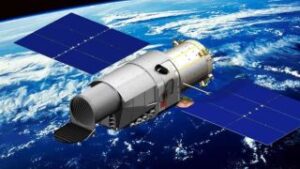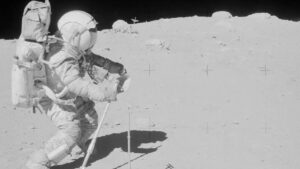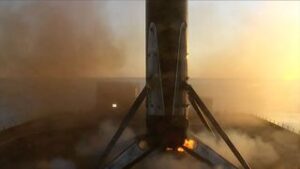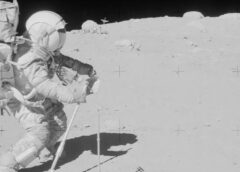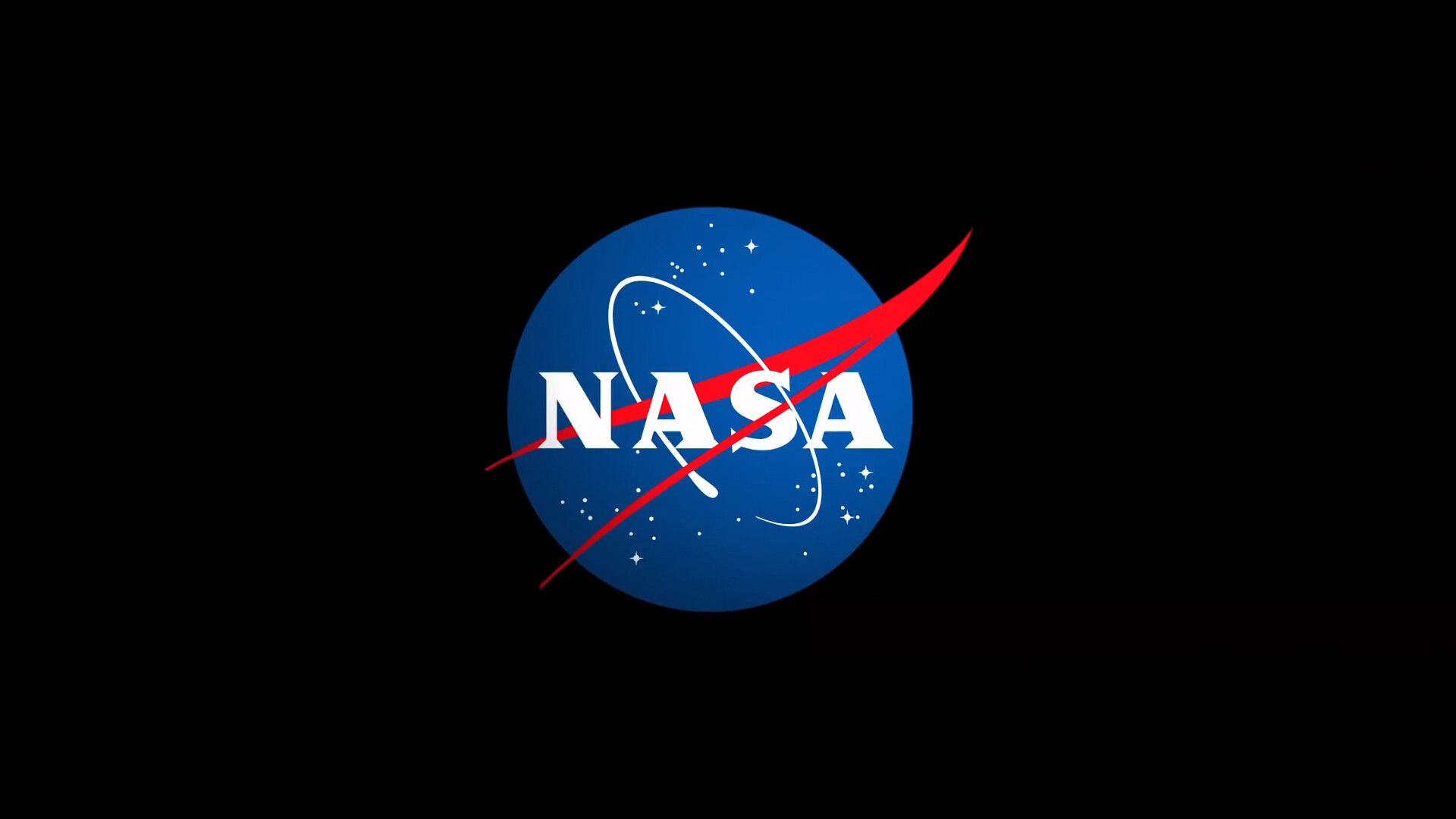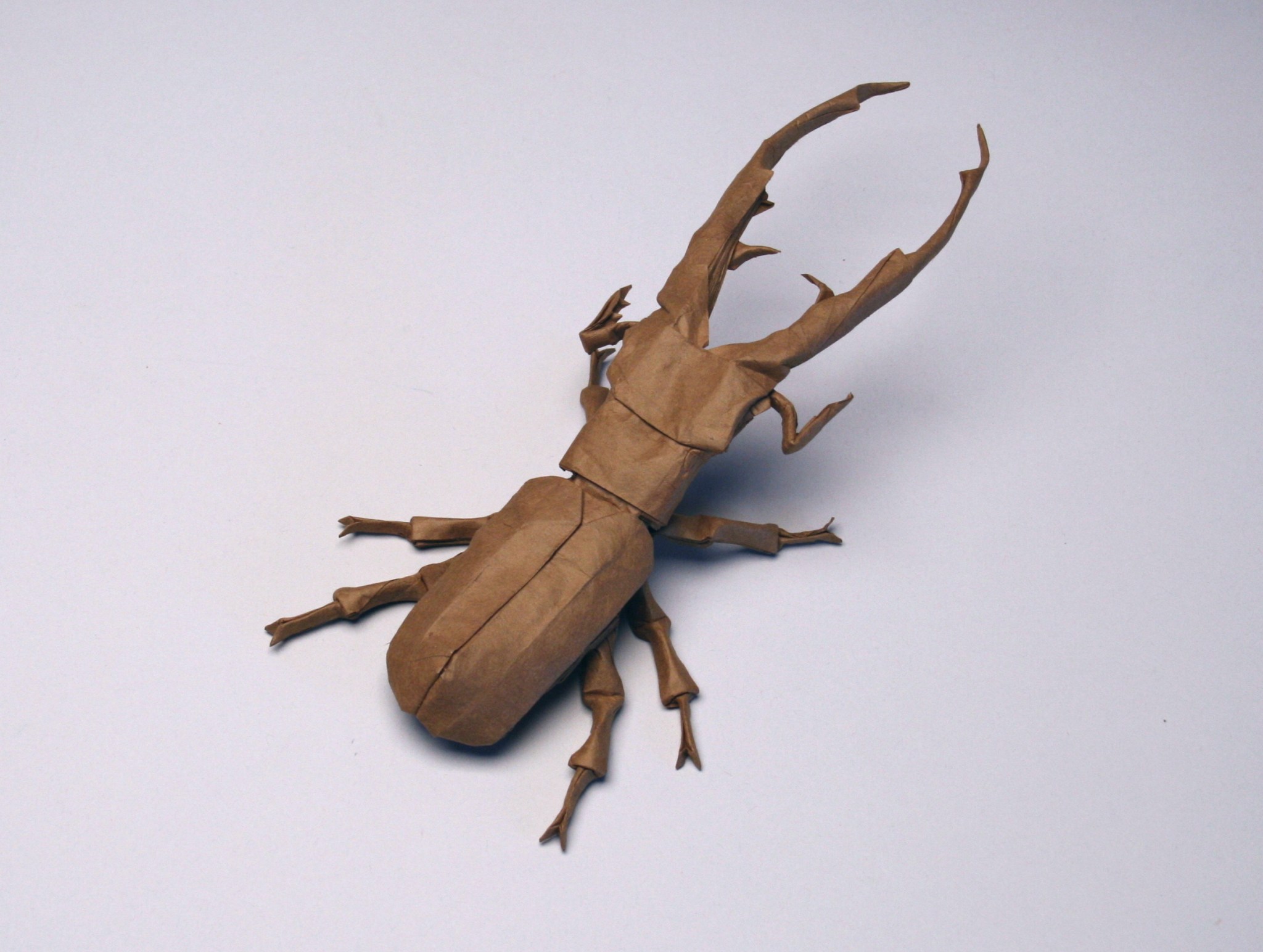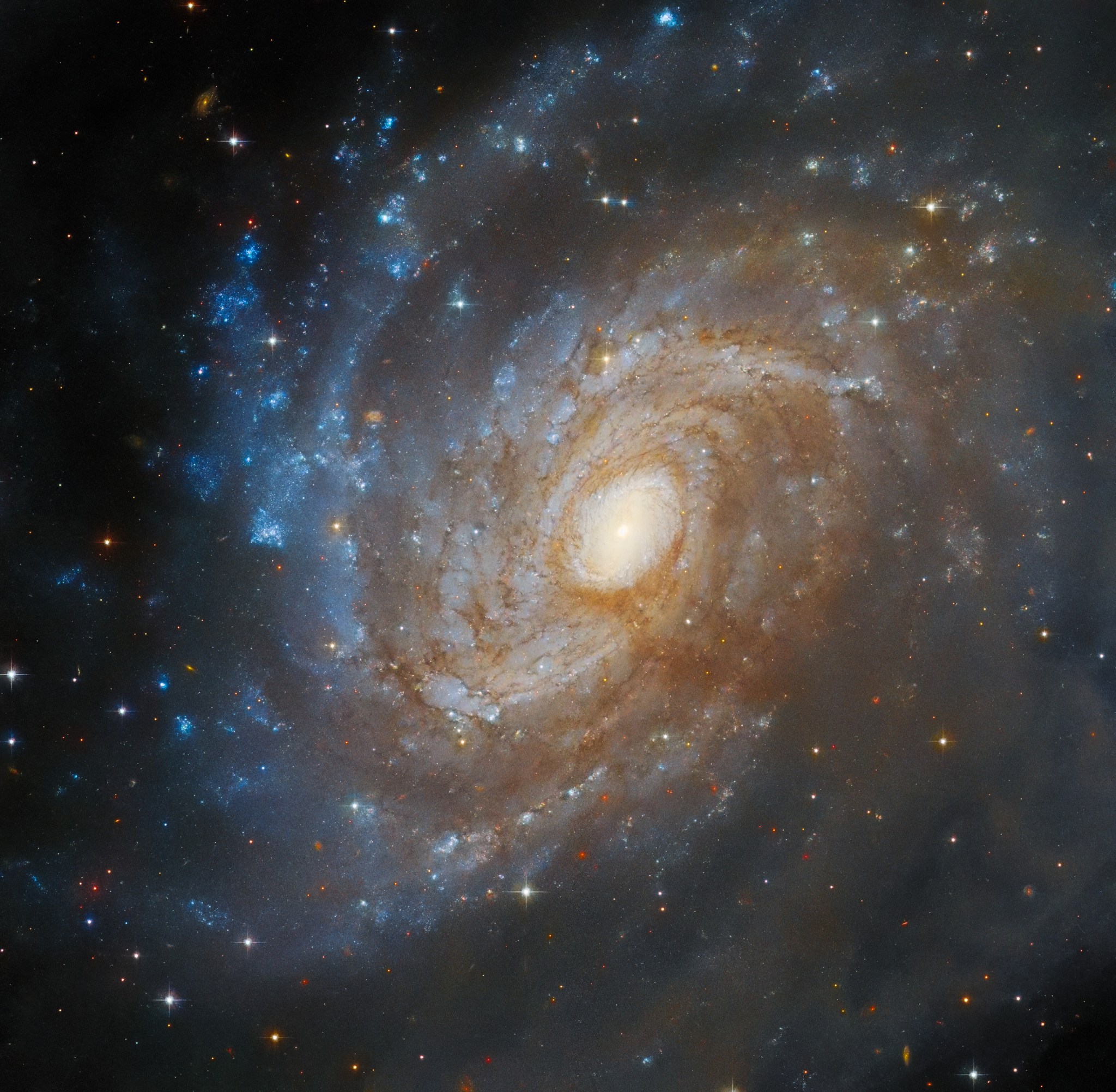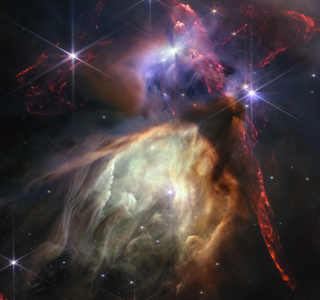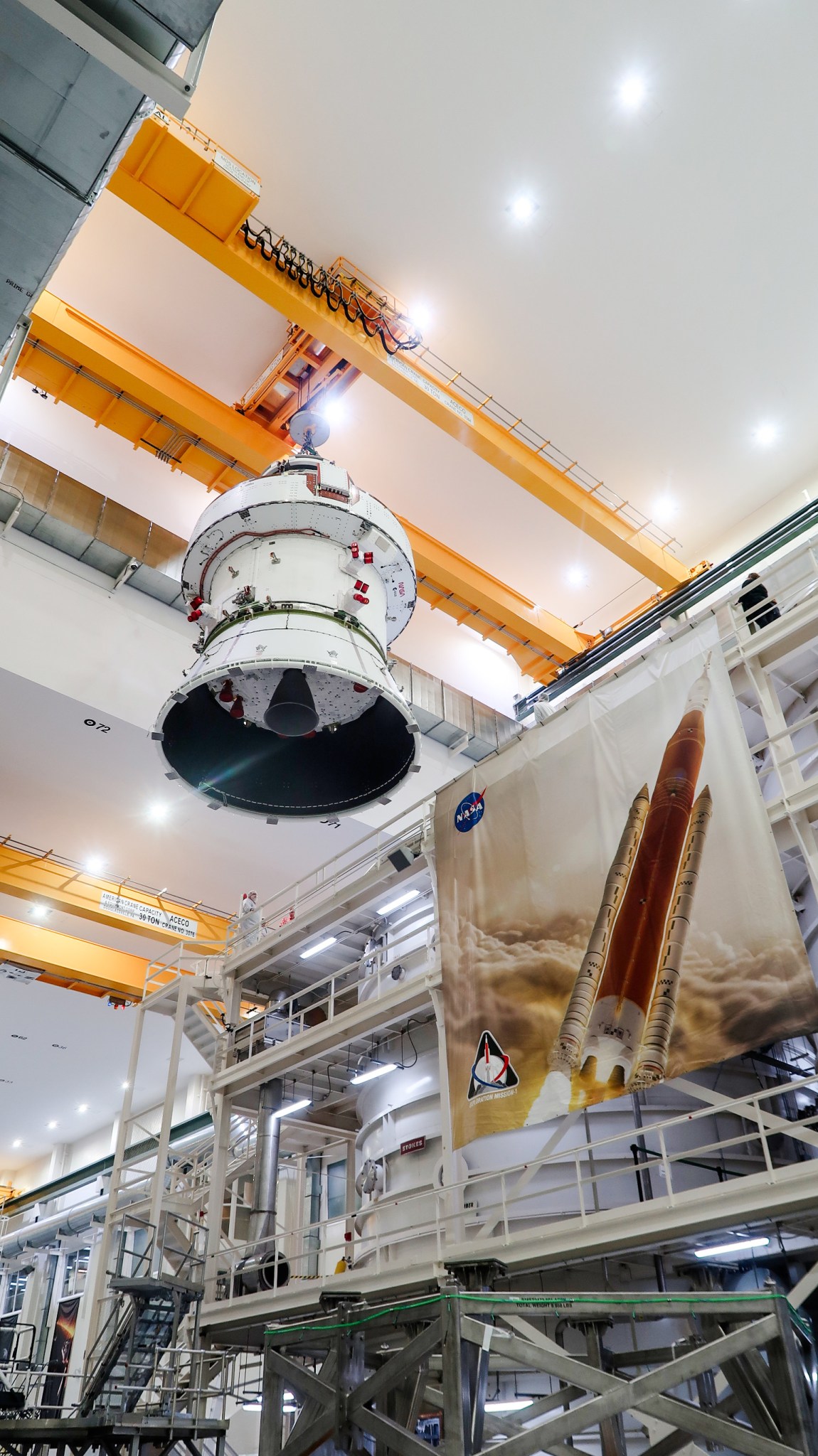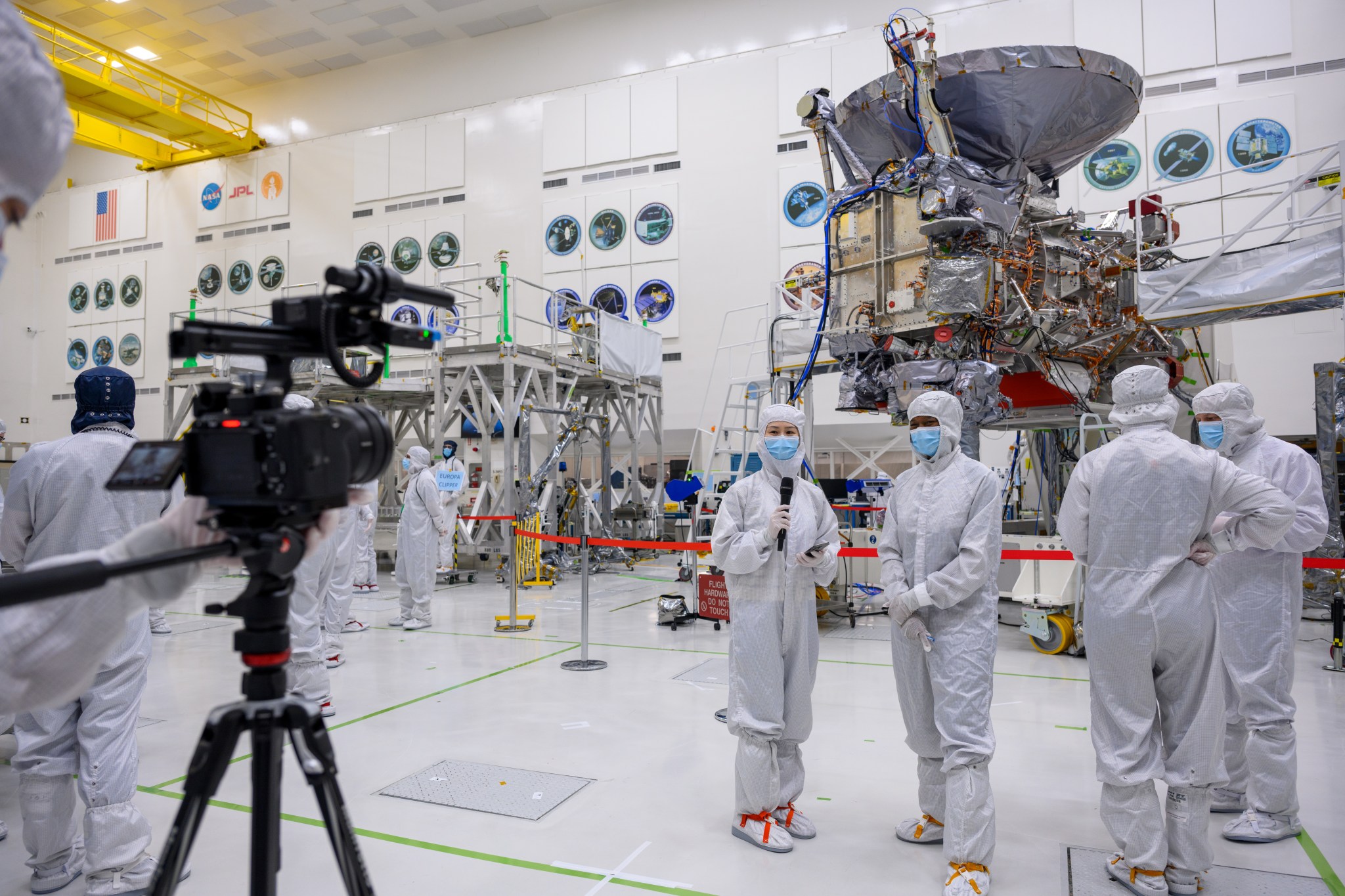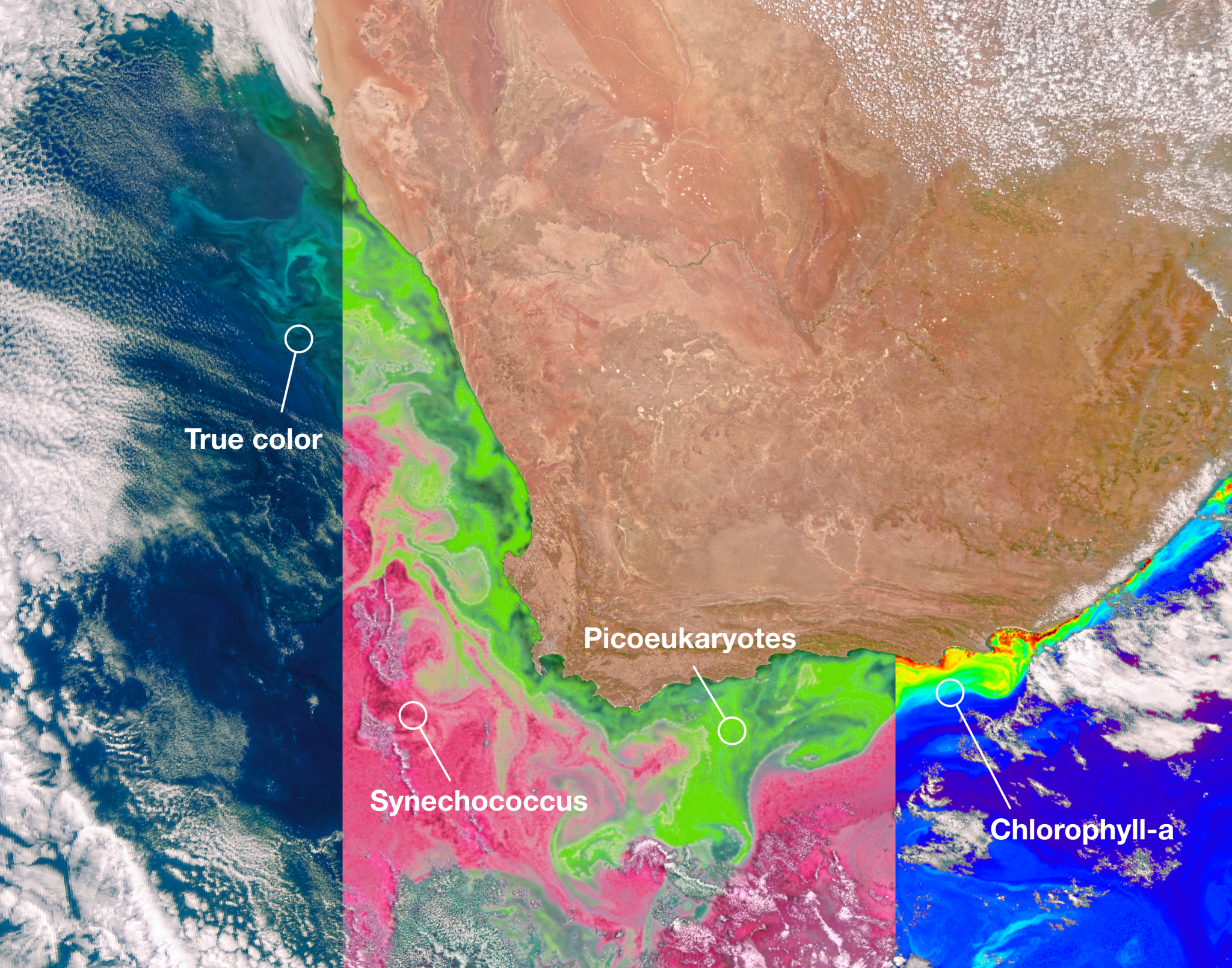The new era in space flight began on April 12, 1981. That is when the first Space Shuttle mission (STS-1) was launched. The Marshall Space Flight Center developed the propulsion system for the Space Shuttle. This photograph depicts the launch of the Space Shuttle Orbiter Columbia crewed with two astronauts, John Young and Robert Crippen.
Read MoreNASA Invites Media to Mars Sample Return Update
NASA will host a media teleconference at 1 p.m. EDT, Monday, April 15, to discuss the agency’s response to a Mars Sample Return Independent Review Board report from September 2023, including next steps for the program. The teleconference will livestream at: https://www.nasa.gov/nasatv Mars Sample Return has been a major long-term goal of international planetary exploration for the past two decades. NASA’s Perseverance rover is collecting compelling science samples that will help scientists understand the geological history of Mars, the evolution of its climate, and prepare for future human explorers. The…
Read MoreTech Today: Folding NASA Experience into an Origami Toolkit
3 min read Preparations for Next Moonwalk Simulations Underway (and Underwater) Though the art of origami is centuries old, until the late 20th century it was considered virtually impossible to make insects or other figures with many long, complex protrusions. That changed with the introduction of math-based origami design, which Lang helped pioneer. Today, he’s still drawn to the challenges presented by insects and other arthropods, and they are well-represented in the menagerie of his origami gallery. After uncovering the mathematical underpinnings of origami, Robert Lang left a 20-year engineering…
Read MoreHubble Spots a Galaxy Hidden in a Dark Cloud
2 min read Hubble Spots a Galaxy Hidden in a Dark Cloud This Hubble image features the spiral galaxy IC 4633. ESA/Hubble & NASA, J. Dalcanton, Dark Energy Survey/DOE/FNAL/DECam/CTIO/NOIRLab/NSF/AURA; Acknowledgement: L. Shatz The subject of this image taken with the NASA/ESA Hubble Space Telescope is the spiral galaxy IC 4633, located 100 million light-years away from us in the constellation Apus. IC 4633 is a galaxy rich in star-forming activity and also hosts an active galactic nucleus at its core. From our point of view, the galaxy is tilted mostly…
Read MoreMy formal 2024 solar eclipse apology
Since April 8, when I witnessed a total eclipse of the sun, I’ve been feeling progressively more melancholy. It isn’t because I was underwhelmed, or because my vantage point wasn’t ideal, or because of some depressing epiphany I had while watching the moon turn our planet’s star into a wispy white halo. I’ve actually been struggling to find the right words to explain my sullenness all week. I’ve been scribbling random thoughts in my iPhone notes app as they’ve emerged. They’ve come up as I sat in a Lyft, ate…
Read MoreAchoo! Baby star ‘sneezes’ tell astronomers a lot about their development
Every new parent knows the cold anxiety that grips them when their baby sneezes for the first time. That’s when a litany of possible issues and ailments probably begin to irrationally race through your mind. Researchers now know baby stars also “sneeze,” but these infinitely more powerful post-natal sneezes launch gas, dust, and magnetic energy. In other words, they’re more useful to the cosmos than stressful. These eruptions from so-called “protostars” are actually a vital part of stellar development, and can tell scientists a great deal about that stellar body’s evolution…
Read MoreAltitude Chamber Gets Upgrade for Artemis II, Spacecraft Testing Begins
Before the Orion spacecraft is stacked atop NASA’s powerful SLS (Space Launch System) rocket ahead of the Artemis II mission, engineers will put it through a series of rigorous tests to ensure it is ready for lunar flight. In preparation for testing, teams at the agency’s Kennedy Space Center in Florida have made significant upgrades to the altitude chamber where testing will occur. Several of the tests take place inside one of two altitude chambers in the high bay of the Neil A. Armstrong Operations and Checkout (O&C) Building at…
Read MoreMedia Get Close-Up of NASA’s Jupiter-Bound Europa Clipper
4 min read Preparations for Next Moonwalk Simulations Underway (and Underwater) Members of the media visited a clean room at JPL April 11 to get a close-up look at NASA’s Europa Clipper spacecraft and interview members of the mission team. The spacecraft is expected to launch in October 2024 on a six-year journey to the Jupiter system, where it will study the ice-encased moon Europa. NASA/JPL-Caltech Excitement is mounting as the largest spacecraft NASA has ever built for a planetary mission gets readied for an October launch. Engineers at NASA’s…
Read MoreA NASA spacecraft spotted something weird orbiting the moon. It was just a lunar neighbor (photos)
NASA’s Lunar Reconnaissance Orbiter (LRO) snapped a perfectly timed photo as it crossed paths with another spacecraft orbiting the moon. The LRO, which has been orbiting the moon for 15 years, captured several images of the Korea Aerospace Research Institute’s Danuri lunar orbiter as the two spacecraft, traveling in nearly parallel orbits, zoomed past each other in opposite directions during three orbits between March 5 and March 6, according to a statement from NASA. Danuri, the Republic of Korea’s first moon-explorer, has been in lunar orbit since December 2022. At…
Read MoreNASA’s PACE Data on Ocean, Atmosphere, Climate Now Available
4 min read Preparations for Next Moonwalk Simulations Underway (and Underwater) NASA’s PACE satellite’s Ocean Color Instrument (OCI) detects light across a hyperspectral range, which gives scientists new information to differentiate communities of phytoplankton – a unique ability of NASA’s newest Earth-observing satellite. This first image released from OCI identifies two different communities of these microscopic marine organisms in the ocean off the coast of South Africa on Feb. 28, 2024. The central panel of this image shows Synechococcus in pink and picoeukaryotes in green. The left panel of this…
Read More